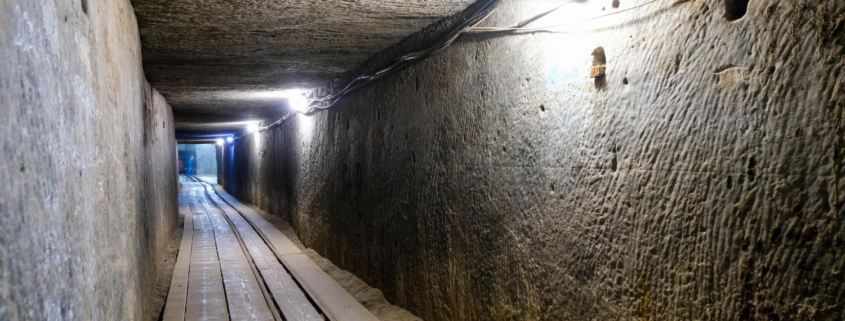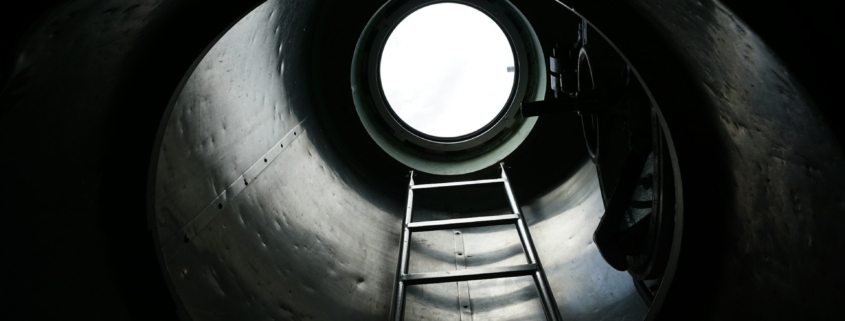Entering confined spaces is no simple task. These areas, often found in industrial environments, can pose serious risks if not approached with caution. Picture places like storage tanks, pipelines, or even silos—all of these require special attention and care. The challenge lies in the limited space and potentially hazardous conditions. This is why understanding common mistakes beforehand can prevent unfortunate incidents and ensure the safety of everyone involved.
In Perth, many industries utilize confined spaces, which makes trained professionals essential. Think of the mining sector or construction sites—both need their workers to be well-prepared for roomier-work scenarios as well as challenging confined spaces. As with any task involving risk, knowledge and preparation are your best friends. Learning from others’ mistakes can save time, resources, and importantly, lives.
Common Mistakes During Confined Space Entry
1. Failure to Assess Hazards Correctly
– Overlooking hazards is like running blindfolded in an obstacle course. It’s vital to do a thorough check of the area and identify possible risks. These might include insufficient oxygen, toxic gases, or areas prone to collapse. Missing these signs could lead to dangerous situations.
2. Inadequate Training and Certification
– Imagine trying to drive a car without ever taking lessons. Skipping proper training is just as risky. Workers need specific training tailored to the spaces and conditions they face. In Perth, where industries vary widely, having up-to-date confined space training ensures everyone knows how to handle unexpected challenges.
3. Poor Communication and Coordination
– Communication is key in any team effort. Without clear instructions or signals, things can quickly go south. Confined spaces require seamless coordination among team members. Misunderstandings or lack of communication can result in accidents that could have been avoided with a simple talk-through.
4. Faulty or Insufficient Equipment
– Imagine a knight going into battle with broken armor. That’s similar to tackling a confined space with inadequate tools. Equipment should be checked and maintained regularly to make sure it’s fit for the job. This includes ensuring all safety gear, like helmets and gas detectors, is in top-notch condition.
5. Ignoring Emergency Procedures
– Everyone hopes for the best, but preparing for the worst is smart. Skipping out on emergency drills or ignoring the protocol is like not packing a lifeboat on a journey. Emergencies are unpredictable, so knowing the proper procedures can be life-saving.
Avoiding these common mistakes starts with awareness and training. When entering confined spaces, being prepared makes all the difference. With proper training and equipment, workers can perform their tasks safely, knowing they are well-equipped to handle any surprises.
Best Practices to Avoid These Mistakes
Avoiding mistakes begins with using best practices. Conducting a thorough risk assessment before any entry is vital. This means identifying potential hazards like gas pockets or unstable structures in the confined space. Always double-check for new risks that might have appeared since the last inspection. It’s a bit like checking your surroundings before crossing the street—simple, but it makes everything safer.
Proper training is another key factor. All workers should complete training programs specific to the types of confined spaces they encounter. Courses offered in Perth ensure workers stay informed on the latest safety practices and regulatory changes. Picture this as learning the rules of a game—knowing them well prepares you to handle any unexpected changes in the situation.
Communication within the team should be clear and continuous. Use simple and effective tools like radios or hand signals to ensure everyone is on the same page, preventing misunderstandings that could lead to accidents. Think of it as having a conversation in a noisy room—you need to make sure your message gets across loud and clear.
Regular checks and maintenance of equipment are crucial. Always ensure everything from gas detectors to personal protective equipment is in tip-top condition before using it. A checklist can help keep track of what needs checking and when. It’s like looking under the hood before a long car trip—you want everything running smoothly.
Lastly, always follow established emergency procedures. Practice drills can help everyone know their roles in case of an emergency. Having a well-rehearsed plan is like knowing where the exits are in a movie theatre—everyone knows what to do if something goes wrong.
Tailored Training Solutions in Perth
Local knowledge and specialized training play a major role in avoiding mistakes. Perth’s unique industrial landscape requires a fresh approach to training. Tailored solutions take into account local conditions and industry-specific challenges. This means that workers receive relevant and practical training to address the situations they are most likely to face.
Engaging in customized programs means workers are better prepared to handle localised hazards peculiar to Perth’s industries. For instance, mining in the region may present different challenges compared to construction tasks, and training should reflect these differences. This makes the training immediately applicable and effective, reducing the risk of errors caused by a one-size-fits-all approach.
Creating a Safety-First Culture
Building a culture that prioritizes safety is paramount. Encouraging teams to think about safety at every step creates an environment where safe practices become second nature. This involves leadership commitment to safety, constantly reinforcing the message that safety comes before speed or convenience.
Continuous learning is a part of this culture. Promoting ongoing education and refresher courses keeps everyone at the top of their game. Just like reading a new book every now and then, continuous learning helps keep the mind sharp and alert for any new challenges that might come up.
By establishing this type of culture, accidents can significantly decrease. Everyone works with a clearer focus on how their actions impact not just their safety, but also that of their colleagues. In the end, the well-being of team members becomes a shared responsibility, resulting in a more harmonious and productive work environment.
Keeping Safe and Compliant
Safety isn’t just about avoiding accidents, it’s about being proactive. Regular training refreshers help teams stay compliant with ever-changing safety regulations. Keeping up with these trainings prevents lapses in knowledge and prepares workers for new safety protocols they might need to adopt.
It’s also important to seek professional training services to maintain a high level of safety practice. Reliable training programs cover a variety of scenarios and equip workers with the necessary skills to tackle different confined space challenges. This way, workers can approach their duties with both confidence and competence, ensuring a safer workplace for everyone involved.
To make your workspace safer and align with industry standards, consider enhancing your team’s skills through confined space training in Perth. Access Unlimited provides comprehensive training tailored to meet your specific needs and help manage local challenges effectively. Equip your team with the knowledge and confidence to handle confined space tasks professionally and safely.


